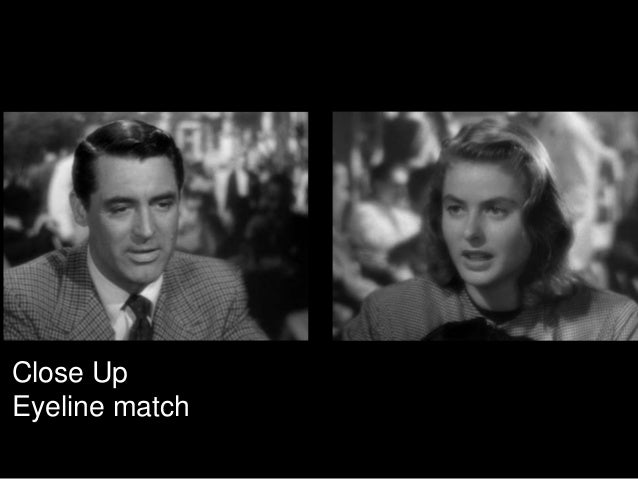Editing Techniques
The purpose of editing:
- Determinate the speed at which events move along
- Give or Withhold information
- Determine your feeling for events and characters
- The illusion of unity
Cutting: the work of selecting and joining together shots to create a finished film
Principals cutting techniques
- Standard cut
- Jump cut
- Montage
- Cross dissolve
- Wipe
- J or L cut
- Cutting on Action
- Match cut
- Smash cut
- Invisible cut
Shot/Reverse shot: is a staple of editing in dialogue sequences. Conventionally, it utilizes the 180 degree rule, the eye line match, and rule of change among others.
Crosscuting: cutting back and forth quickly between two or more lines of action, indicating they are happening simultaneously
Fade in/Fade out: a filmmaking and broadcasting technique whereby an image is made to disappear gradually.

Superimposition: when you put especially a picture, words, etc. on top of something else, especially another picture, words, etc.., so that what is in the lower position can still be seen, heard, etc.

Slow motion: when film or television pictures are shown in slow motion, they are shown much more slowly than normal.

Eyeline match: a cut obeying the axis of action principle, in which the fist shot shows a person off in one direction and the second shows a nearby space containing what he or she sees. If the person looks left, the following shot should imply that the looker is offscreen right.

No comments:
Post a Comment